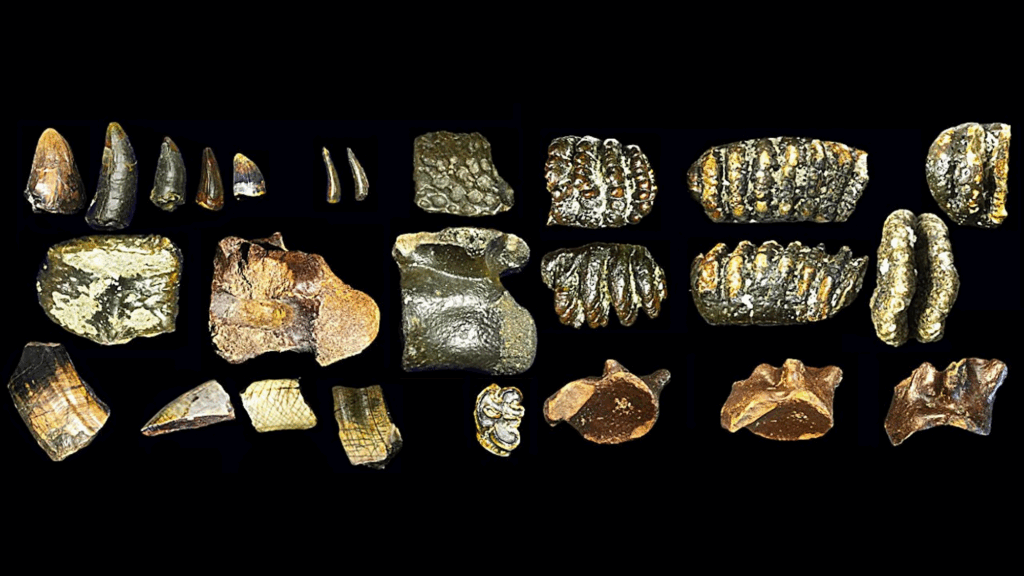A recent archaeological discovery is reshaping our understanding of the ancient Homo erectus population in Java. The finding of fossilized skull fragments off the coast of Java suggests that around 140,000 years ago, these populations were not as isolated as previously believed. Published in the journal Quaternary Environments and Humans, this study sheds new light on the lives of H. erectus in the region.
Indonesia, with its various islands, was once part of a larger landmass called Sundaland around 2.6 million years ago. The discovery of H. erectus fossils in the Madura Strait challenges previous assumptions of their geographical distribution.
The excavation of over 176.5 million cubic feet of sand for a land reclamation project in Indonesia led to the discovery of 6,000 fossil specimens, including the notable H. erectus skull fragments. The findings, according to Harold Berghuis of Leiden University, are unprecedented.
Berghuis explains, “The fossils originate from a submerged river valley filled with river sand dating back to approximately 140,000 years ago.”
During the penultimate glacial period, when sea levels were significantly lower, Sundaland resembled the African savannah, providing H. erectus with abundant resources such as water, shellfish, fish, and edible plants.
The region also teemed with diverse wildlife, and evidence of butchery by H. erectus on animal bones suggests hunting and consumption practices.
Contrary to previous beliefs, the discovery indicates possible interactions and knowledge exchange between different hominin groups in the region.
Title: The Fascinating World of Urban Exploration
Urban exploration, also known as Urbex, is a growing trend among thrill-seekers and adventure enthusiasts looking to explore abandoned buildings, tunnels, and other hidden spaces in urban areas. This unique hobby has gained popularity in recent years, with dedicated communities of urban explorers sharing their experiences and discoveries online.
The allure of urban exploration lies in the sense of mystery and excitement that comes with exploring forgotten spaces. From abandoned hospitals and factories to underground tunnels and rooftops, urban explorers seek out these hidden gems to uncover the history and stories behind them. Each location tells a different story, from the remnants of past lives left behind to the architectural details that have stood the test of time.
One of the most popular aspects of urban exploration is the photography opportunities it presents. Many urban explorers are also amateur photographers, capturing the beauty and decay of these forgotten spaces in stunning detail. From peeling paint and crumbling walls to the play of light and shadow in abandoned rooms, urban exploration photography is a captivating blend of art and adventure.
But urban exploration is not without its risks. Exploring abandoned buildings and structures can be dangerous, with potential hazards such as unstable floors, asbestos, and other health risks. It is important for urban explorers to take precautions and be aware of their surroundings at all times to ensure their safety.
Despite the risks, the appeal of urban exploration continues to grow, drawing in people from all walks of life who are eager to experience the thrill of discovery and the beauty of decay. Whether it’s exploring a derelict factory or climbing to the top of an abandoned skyscraper, urban exploration offers a unique and exhilarating way to experience the hidden side of our cities.
In conclusion, urban exploration is a fascinating and increasingly popular hobby that allows adventurers to uncover the secrets of our urban landscapes. With its blend of mystery, history, and photography opportunities, urban exploration offers a one-of-a-kind experience for those willing to venture off the beaten path. So grab your camera, lace up your boots, and get ready to explore the hidden side of the city.


